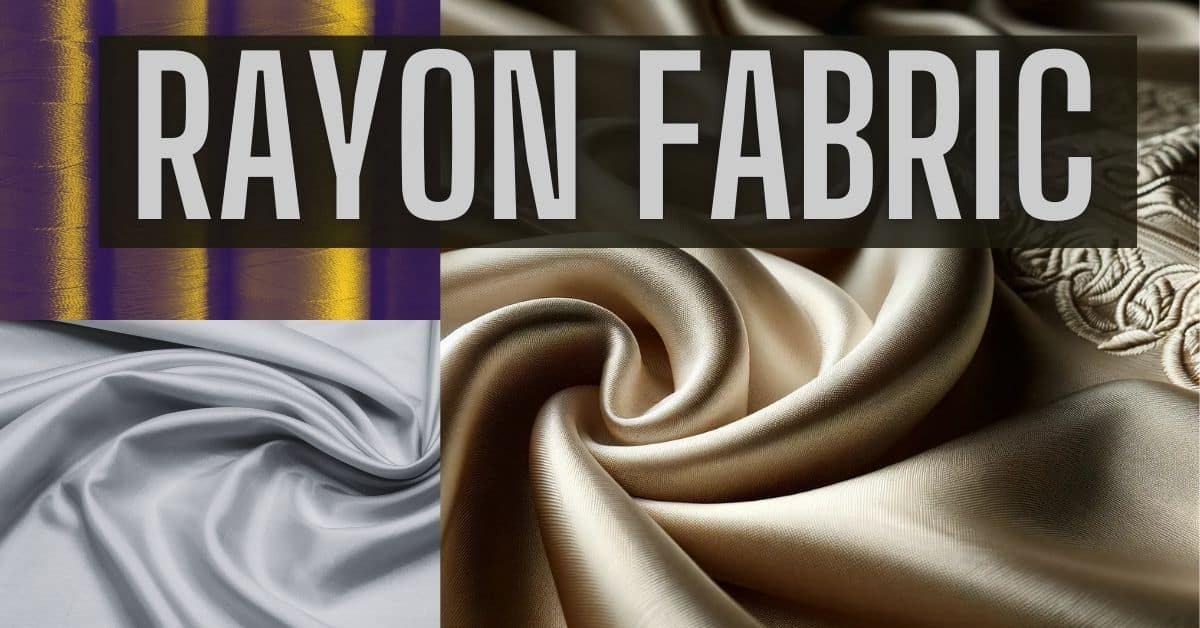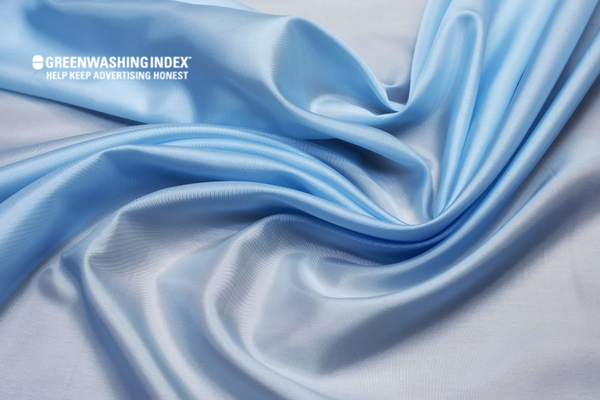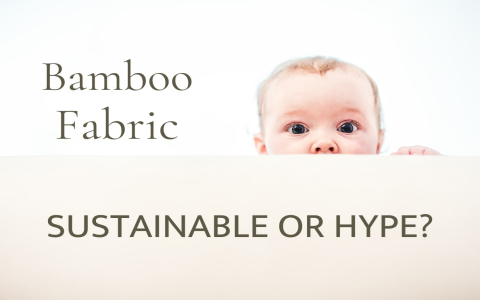Okay, let’s talk about rayon. I started looking into this whole ‘is rayon eco-friendly’ thing quite a while back, mostly because I kept seeing it pop up on clothing labels. At first glance, you hear ‘made from wood pulp’ or ‘plant-based’, and you think, “Great! Natural stuff, must be good for the planet, right?” That was my initial thought process, anyway.

So, I decided to actually dig into it a bit, figure out what the deal was. My first step was just understanding how this stuff is even made. It starts with wood, sure, cellulose to be exact. But turning that solid wood pulp into soft fabric? That’s where things get complicated. I learned it involves a whole lot of chemical processing. We’re talking stuff like caustic soda and sulfuric acid for the most common type, viscose rayon. And the big one I kept reading about was carbon disulfide. Apparently, it’s pretty nasty stuff, not great for the workers handling it or for the environment if it gets released.
The Process Matters
This chemical part really caught my attention. It wasn’t just dissolving wood; it was transforming it chemically. That felt less ‘natural’ than I first assumed. It made me think about the factories and the waste water. Are those chemicals being managed properly? Often, especially with cheaper rayon production, maybe not so much. That’s a big red flag for the ‘eco-friendly’ argument.
Then there’s the wood source itself. Where do the trees come from? I realized this was a huge factor. If it’s contributing to deforestation, chopping down ancient forests just to make cheap shirts, then it’s definitely not sustainable. I found out you need to look for certifications, like FSC (Forest Stewardship Council), which means the wood comes from responsibly managed forests. But not all rayon uses certified wood.
Different Types of Rayon
As I dug deeper, I discovered it’s not all the same. There are different kinds of rayon, and some are definitely better than others.
- Viscose: This is the most common type, and usually the one with the heavy chemical footprint I mentioned.
- Modal: Often made from beech trees, uses a slightly different process, sometimes claimed to be a bit better, but still involves chemicals.
- Lyocell (often branded as Tencel): This one seemed like the most promising. I learned it uses a different solvent in a ‘closed-loop’ system. Basically, they capture and reuse most of the chemicals instead of dumping them. Plus, Tencel specifically uses wood from sustainable sources. This felt like a much more responsible approach.
So, My Takeaway?
After going through all this, trying to piece together the information from different sources and just thinking it through logically, I landed here: calling rayon simply ‘eco-friendly’ is a stretch. It’s really a mixed bag.

Standard viscose rayon? Honestly, I’m pretty wary of it now, unless a brand can really prove they’re making it responsibly (clean chemical process, sustainable wood source). The potential harm from the chemicals and deforestation risk is just too high for me to feel comfortable calling it ‘green’.
But Lyocell, especially Tencel? That seems like a much better option. The closed-loop process and focus on sustainable wood sourcing make a big difference. It’s still a manufactured fiber, not something grown directly like cotton, but the effort to reduce environmental impact is clear.
It really comes down to the specifics. How was it made? Where did the wood come from? These days, when I see ‘rayon’ on a label, I pause. If it just says ‘rayon’ or ‘viscose’, I’m skeptical. If it says ‘Lyocell’ or ‘Tencel’, I feel a bit better about it, though I know no process is perfect. It’s about choosing the lesser evil sometimes, or at least the option where people seem to be trying harder to do things right. It’s definitely made me look much closer at labels before buying.

